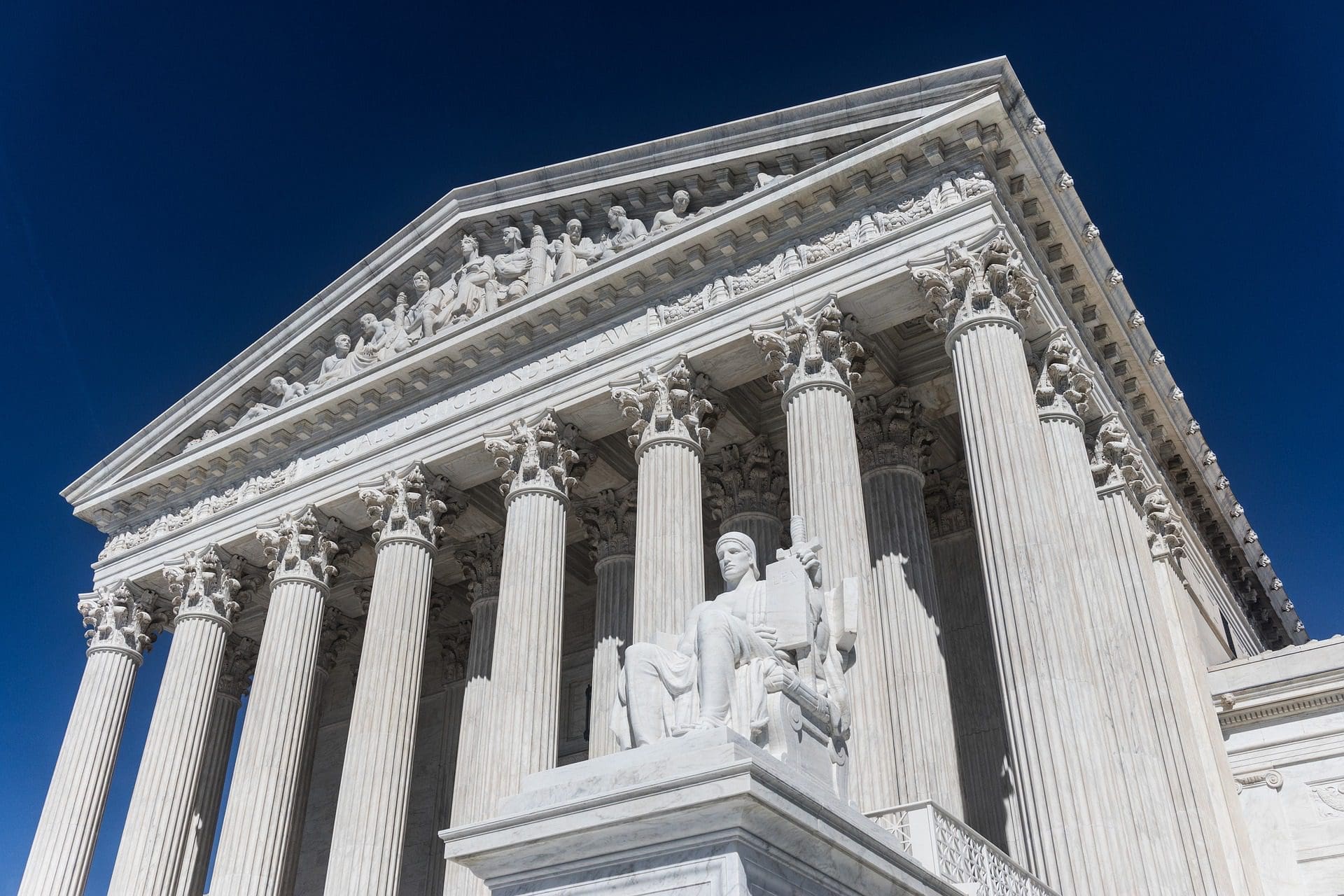How did the top election official in one of Texas’ biggest counties miss counting thousands of Super Tuesday ballots?
Wednesday’s recount of paper ballot backups linked to votes that went “missing” in the March 3 primary elections found 9,149 ballots that were not included in the county’s original vote tallies—6,818 Democrat and 2,331 Republican.
Dallas County Elections Administrator Toni Pippins-Poole said the additional ballots didn’t change the outcomes of any primary races.
But the mistake is causing residents to question Pippins-Poole’s competence and to lose confidence that their votes will count.
Pippins-Poole didn’t discover the missing ballots until late last week, after her office had already finished counting votes and posted results.
Correcting the mistake required approval from a state court to conduct the partial recount. Otherwise, nearly 3 percent of county voters’ primary ballots would not have been counted.
The missing ballots were linked to thumb drives from 44 “scanner and tabulator” machines used at multiple vote centers across the county.
New voting machines rolled out last November use the thumb drives to store voters’ ballots electronically inside each tabulator. The machines also store the marked paper ballot backups that voters scan into the tabulators, which are used for audits and recounts.
Dallas also began using countywide vote centers last November, meaning voters can cast ballots at any polling place in the county. But unlike November’s election, the primaries were two separate elections, conducted by Pippins-Poole’s office under contracts with the county’s Democrat and Republican parties. Both parties had to use the same countywide vote centers.
Some of the 454 vote centers opened on Election Day had just one tabulator; others had two. Each tabulator contained two thumb drives, a primary and a backup.
Pippins-Poole explained in an affidavit that after closing the polls, each election judge was supposed to remove both thumb drives from each tabulator and return them to one of 13 regional collection sites across the county.
The elections office staff at the regional sites would upload ballot data from the backup thumb drives to central count as they were received, then hand-deliver all of the thumb drives to central count at the end of the night.
Yet Pippins-Poole and her staff didn’t notice until much later they were missing ballots cast by thousands of voters who had checked in to vote—votes that were stored on the thumb drives from 44 machines.
A shortage of well-trained poll workers contributed to Pippins-Poole’s election night problems.
Only 189 vote centers had both Democrat and Republican judges; the other 265 had a single judge who conducted both parties’ primary elections.
Several Dallas poll workers told Texas Scorecard the training they received from Pippins-Poole’s office was insufficient.
Dallas County is the second-most populous county in the state, with over 1.3 million registered voters—over 8 percent of Texas voters.
Pippins-Poole is ultimately responsible for the mistakes that raise questions about voting accuracy and security, but the county Democrats who put her in office have been unwilling to hold her accountable.
Whether or not that changes, the county must be proactive to avoid similar mistakes in the high-turnout November presidential election.
Dallas voters themselves can play a key role in securing their elections by serving on the front lines of the electoral process as election workers and poll watchers.





